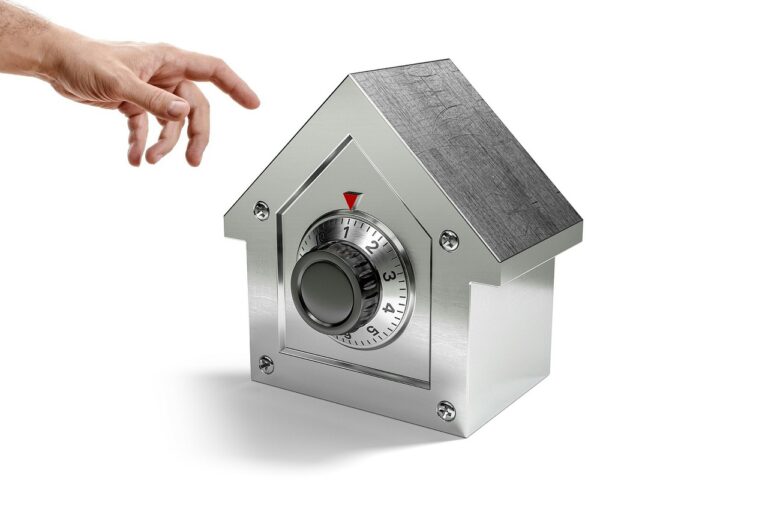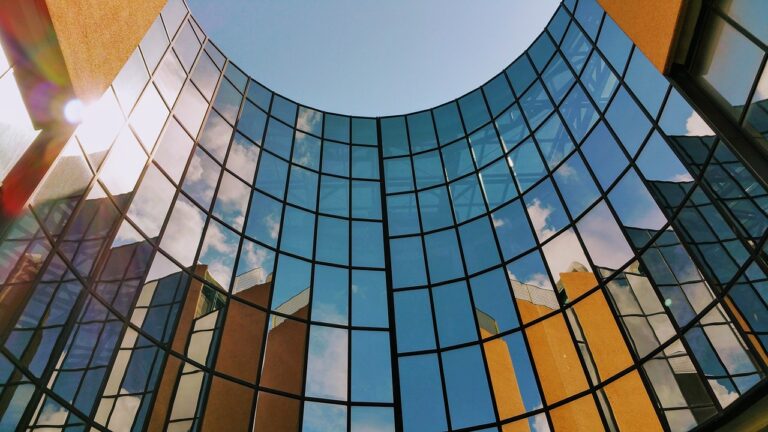Strategies for Reducing Energy Waste in Facility Lighting
allpanelexchange, lotus365 book, laser book 247:Strategies for Reducing Energy Waste in Facility Lighting
In today’s world, energy efficiency is more important than ever. With the rising costs of energy and the growing focus on sustainability, businesses are looking for ways to reduce their energy consumption and minimize their environmental impact. One area where significant energy savings can be achieved is in facility lighting. By implementing strategies to reduce energy waste in lighting, businesses can not only save money but also contribute to a more sustainable future.
Here are some strategies for reducing energy waste in facility lighting:
1. Upgrade to LED Lighting
One of the most effective ways to reduce energy waste in lighting is to upgrade to LED lights. LED lights use significantly less energy than traditional incandescent bulbs and last much longer, reducing the need for frequent replacements. By switching to LED lighting, businesses can save on energy costs and reduce their overall energy consumption.
2. Use Motion Sensors
Another effective strategy for reducing energy waste in facility lighting is to install motion sensors. Motion sensors can detect when a room is empty and automatically turn off the lights, preventing unnecessary energy consumption. This is particularly useful in spaces that are not constantly occupied, such as restrooms, storage rooms, or conference rooms.
3. Optimize Natural Light
Maximizing the use of natural light can also help reduce energy waste in lighting. Consider installing skylights or large windows to bring in more natural light during the day. This not only reduces the need for artificial lighting but also provides a more pleasant and productive work environment for employees.
4. Implement Smart Lighting Systems
Smart lighting systems use advanced technology to optimize energy usage and reduce waste. These systems can be programmed to adjust lighting levels based on occupancy, time of day, or natural light levels. By investing in smart lighting systems, businesses can further reduce their energy consumption and save on energy costs.
5. Conduct Regular Maintenance
Regular maintenance of lighting fixtures is essential for ensuring optimal energy efficiency. Check for any damaged or malfunctioning bulbs, fixtures, or sensors and promptly repair or replace them. Keeping lighting systems in good working condition will help prevent energy waste and ensure maximum energy savings.
6. Educate Employees
Educating employees on the importance of energy conservation and proper lighting practices can also help reduce energy waste in facility lighting. Encourage employees to turn off lights when not in use, utilize natural light whenever possible, and report any lighting issues or concerns. By fostering a culture of energy awareness, businesses can effectively reduce energy waste and promote sustainability.
FAQs
Q: How much energy can be saved by upgrading to LED lighting?
A: Upgrading to LED lighting can save businesses up to 75% on energy costs compared to traditional incandescent bulbs.
Q: Are smart lighting systems expensive to install?
A: While smart lighting systems may have a higher upfront cost, the long-term energy savings and benefits make them a cost-effective investment for businesses.
Q: How can motion sensors help reduce energy waste in lighting?
A: Motion sensors can detect when a room is empty and automatically turn off the lights, preventing unnecessary energy consumption when not needed.
Q: What are the benefits of optimizing natural light in facility lighting?
A: Maximizing natural light not only reduces the need for artificial lighting but also creates a more comfortable and productive work environment for employees.
In conclusion, reducing energy waste in facility lighting is a crucial step towards achieving energy efficiency and sustainability. By implementing these strategies and investing in energy-saving technologies, businesses can significantly reduce their energy consumption, save on energy costs, and contribute to a greener future.







